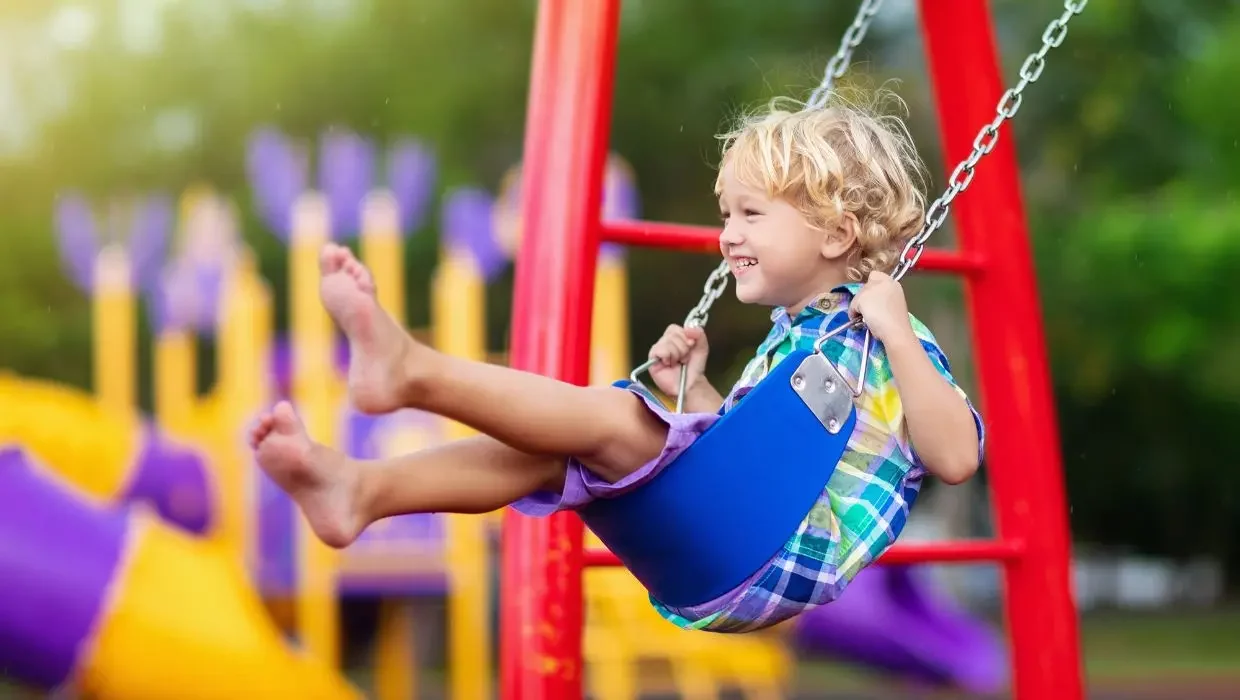The Royal College of Paediatrics and Child Health has claimed more must be done to protect children from air pollution. We discuss their statement’s key points.
A position statement published by the Royal College of Paediatrics and Child Health (RCPCH) at the end of last year has stated that more must be done to protect children from the risks of air pollution. The statement highlights that the issue is now the second leading risk factor for death amongst children under five. Indeed, children are uniquely vulnerable to poor air quality. Here, we elaborate on some of the RCPCH’s statement’s key points.
There are positives
- The RCPCH note the success of Clean Air Zones. They cite that, in Bath, implementation of a Clean Air Zone has reduced nitrogen dioxide concentrations by 25%, while London’s Ultra Low Emission Zone has reduced levels by 53% in central London, 24% in inner London, and 21% in outer London. This is estimated to have saved over £0.9 billion in healthcare and productivity costs. All the same, it is acknowledged that Clean Air Zones must take into consideration all socio-economic factors, particularly in ensuring that certain groups are not disproportionately burdened by zone-related charges and the possible need to purchase new vehicles.
- The previous government’s 2023 Environment Improvement Plan had a dedicated goal for “Clean Air”. Before detailing the strategy for achieving this goal, the plan listed accomplishments since 2018. These included the introduction of Clean Air Zones (as discussed above), as well as the establishment of Best Available Techniques (UK BAT) for minimising industry emissions, and reducing pollution from indoor heating by banning the sale of smoky coal and restricting the sale of wet wood. The current government is working towards a phase-out of new petrol and diesel cars by 2030, a target which was proposed in the 2021 Transport Decarbonisation Plan, but has since been in a state of flux.
But more needs to be done
According to the RCPCH, air pollution-related deaths and diseases are avoidable, and improvements in air quality have wide-ranging benefits. In their statement, the RCPCH make recommendations, most aimed at specific UK government departments. These recommendations include:
- Establish a Clean Air Act which enshrines a legal right to clean air for all.
- Develop a strategy to meet the WHO Air Quality Guidelines. Simultaneously, the RCPCH point out that some evidence suggests no safe limits for air pollutant exposure, and so levels should be reduced as far as possible.
- Invest to ensure that half of urban journeys in the UK can be walked or cycled (active transport) by 2030; and ensure that all UK residents have access to regular, affordable, and accessible public transport systems.
- Phase out domestic wood burning in urban areas and support rural residents and those in fuel poverty to transition to cleaner heat sources.
A role for schools
Significantly, schools are a major focus for the RCPCH. They recognise that children spend a lot of their day in school and that “governments and local authorities have a duty to protect them during this time”. The RCPCH state that air pollution monitoring in and around educational settings is currently “inadequate” and cannot ensure that children are not at risk. As such, they recommend air quality monitoring – specifically for nitrogen dioxide and PM2.5 (particles smaller than 2.5 micrometres in size) – at all schools. They believe local authorities should then be able to act on the resulting data. For example, by having the power to close or divert roads when pollution near the school gates is dangerously high.
The bettair® node
Enviro Technology’s bettair® node is ideal for collecting the air pollution data on which decisions that improve the health and wellbeing of young people can be made. This market-leading device can assess the concentration of 12 of the most important air quality indicators and environmental parameters, all while being compact, portable, easy-to-use, cost-effective, and requiring no maintenance.
Get in touch with Paul Norman and start addressing air pollution in your school or community.
Read more: Besides the direct health implications, here are many more reasons air quality should be an immediate priority for schools.




